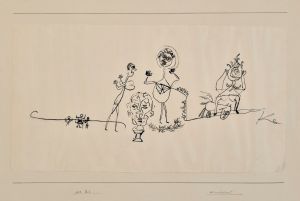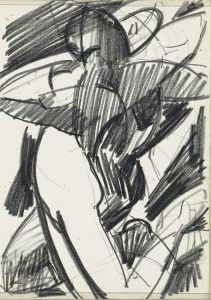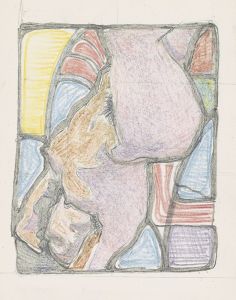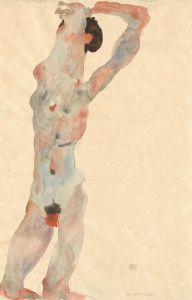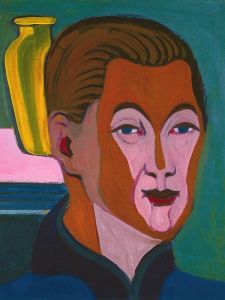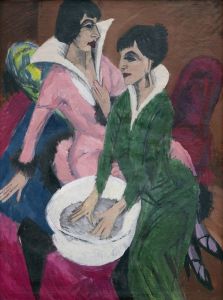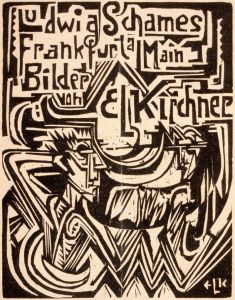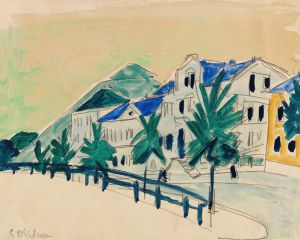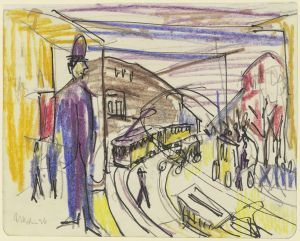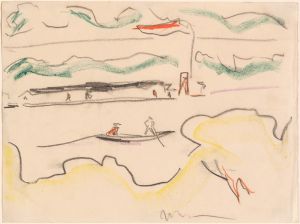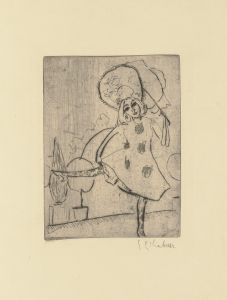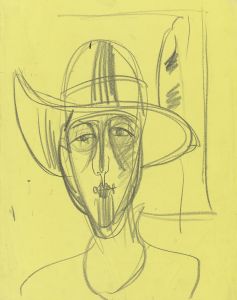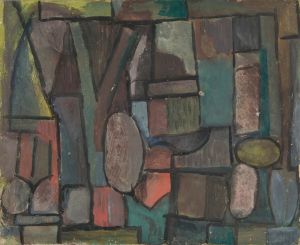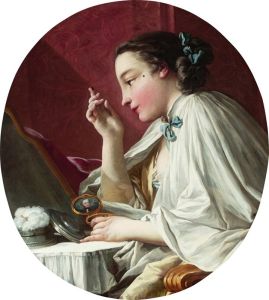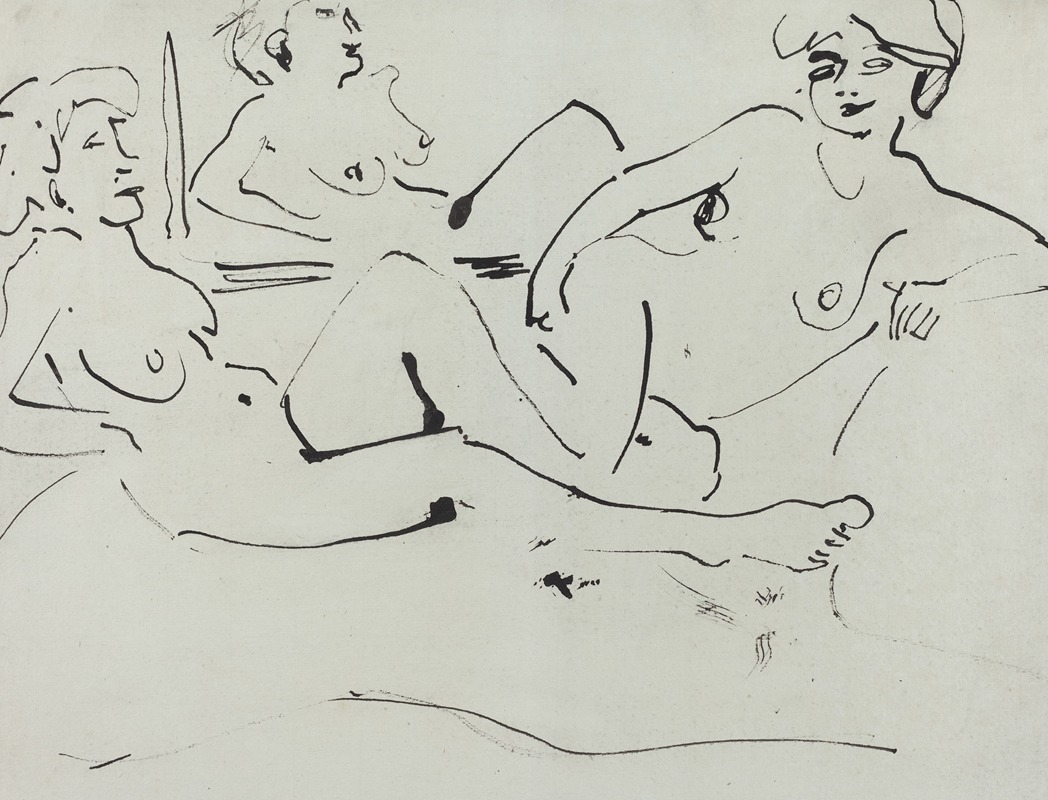
Dodo and an Older Woman Reclining before a Mirror
A hand-painted replica of Ernst Ludwig Kirchner’s masterpiece Dodo and an Older Woman Reclining before a Mirror, meticulously crafted by professional artists to capture the true essence of the original. Each piece is created with museum-quality canvas and rare mineral pigments, carefully painted by experienced artists with delicate brushstrokes and rich, layered colors to perfectly recreate the texture of the original artwork. Unlike machine-printed reproductions, this hand-painted version brings the painting to life, infused with the artist’s emotions and skill in every stroke. Whether for personal collection or home decoration, it instantly elevates the artistic atmosphere of any space.
"Dodo and an Older Woman Reclining before a Mirror" is a painting by the German expressionist artist Ernst Ludwig Kirchner, created in 1909. Kirchner was a founding member of the influential art group Die Brücke (The Bridge), which played a pivotal role in the development of Expressionism in the early 20th century. This movement sought to convey emotional experience rather than physical reality, often through bold colors and dynamic compositions.
The painting depicts two women in an intimate, domestic setting. One of the women, identified as Dodo, was a frequent subject in Kirchner's works. Her full name was Doris Große, and she was Kirchner's lover and muse during this period. The other woman in the painting is older and reclines before a mirror, adding a layer of introspection and complexity to the composition. The mirror serves as a symbolic element, reflecting not only the physical appearance of the subjects but also suggesting themes of self-perception and identity.
Kirchner's use of color and form in this painting is characteristic of his style during the Die Brücke period. The brushwork is vigorous and expressive, with a palette that includes vibrant and contrasting colors. This approach was intended to evoke an emotional response from the viewer, aligning with the Expressionist goal of depicting subjective experiences.
The setting of the painting is intimate, likely a domestic interior, which was a common theme in Kirchner's work. He often explored the private lives of his subjects, capturing moments of leisure and introspection. The presence of the mirror not only enhances the composition but also invites viewers to consider the duality of appearance and reality.
"Dodo and an Older Woman Reclining before a Mirror" reflects Kirchner's interest in the human figure and his ability to convey complex emotional states through his art. The painting is a testament to his skill in capturing the essence of his subjects, using color and form to express deeper psychological themes.
Kirchner's work, including this painting, was influenced by various sources, including African and Oceanic art, which he admired for its perceived authenticity and emotional directness. This influence is evident in the simplified forms and bold lines that characterize his style.
Throughout his career, Kirchner faced numerous challenges, including the trauma of World War I and the subsequent rise of the Nazi regime, which labeled his work as "degenerate art." Despite these obstacles, Kirchner's contributions to modern art have been widely recognized, and his works continue to be celebrated for their innovative approach and emotional depth.
"Dodo and an Older Woman Reclining before a Mirror" remains an important piece within Kirchner's oeuvre, exemplifying his mastery of color, form, and emotional expression. The painting is housed in a private collection, making it less accessible to the public, but it continues to be studied and appreciated by art historians and enthusiasts alike for its significance within the Expressionist movement.





